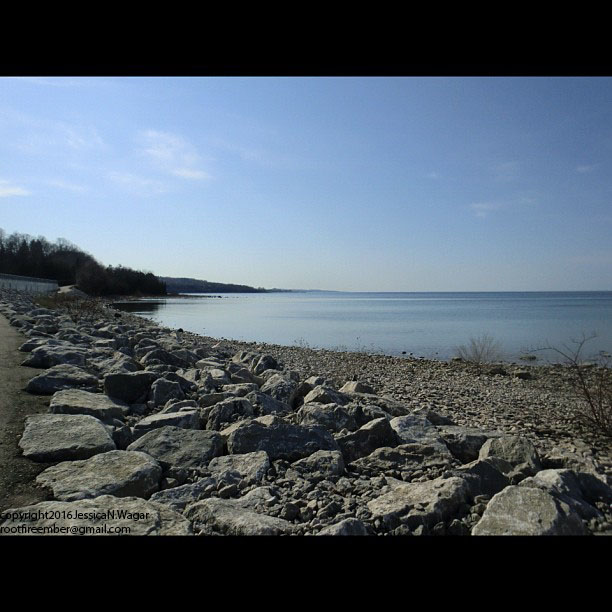
Canadian Freshwater Assessment Highlights Great Lakes Among Most Threatened
Guest blog post by Anuja Kapoor
Policy-makers face the facts about the at-risk integrity of one of the world’s largest freshwater ecosystems.
This year marked the first national assessment of Canada’s abundant freshwater ecosystems in decades, encompassing 25 watersheds across Canada (and 167 sub-watersheds).
The making of the assessment began four years ago through the effort of WWF-Canada and soon became an opportunity for collaboration between community organizations, water agencies, First Nations, researchers, governments, and industry. Its purpose was to provide a snapshot of the condition and health of what most Canadians see as the nation’s most valuable resource.
A breakdown of the results reveals a host of environmental pressures facing each of the 25 watersheds, particularly threats such as pollution, habitat loss, fragmentation, invasive species, water overuse, and climate change.
Of particular interest is the Great Lakes basin, categorized as ‘high risk’ based on multiple threat and health criteria. Divided into eight sub-watersheds, of which six were designated as ‘very highly’ and two as ‘highly’ threatened, the report ranked Lake Ontario and the Niagara Peninsula highest in need of restoration and conservation, followed by Northern Lake Erie, Eastern Georgian Bay, and Eastern Lake Huron.
This recognition of the most vulnerable regions is a crucial step towards finding solutions and highlights a sense of urgency to develop policy and funding initiatives.
It should be noted however, that data was largely deficient for many sub-watersheds. In fact throughout the assessment, researchers struggled to fill gaps in data where it was inaccessible or simply non-existent, making it difficult to determine the impact of various threats.
These gaps in data are particularly worrisome for the Great Lakes considering the region supports a billion-dollar Canadian-US industry in trade and agriculture, a significant portion of the country’s population, and 100 species at-risk.
Unlike our neighbour to the south, Canada lacks a comprehensive nationwide monitoring system that tracks the baseline health of its watersheds. Given Canada’s jurisdiction over 20 per cent of the world’s surface freshwater supply, the lack of regulatory monitoring can no longer be ignored.
Against the backdrop of a Canadian consciousness that envisions a pristine and untouched wilderness, the time is now for policymakers to face the facts.
Anuja Kapoor has a background in geography and international relations. She loves travel and underwater escapes, and hopes one day she can retire close to a healthy shoreline.